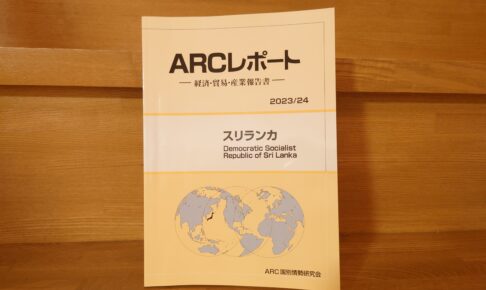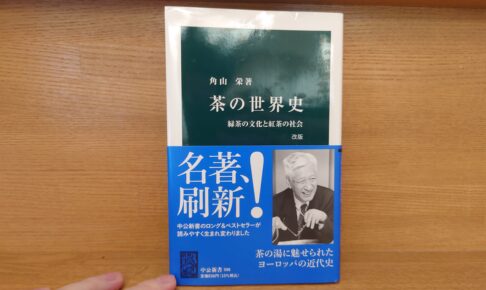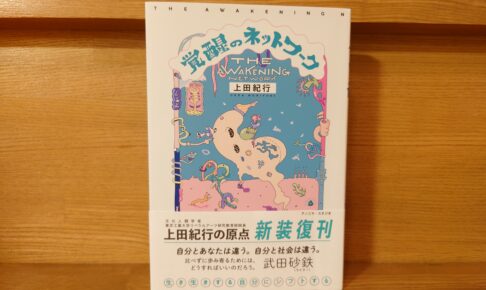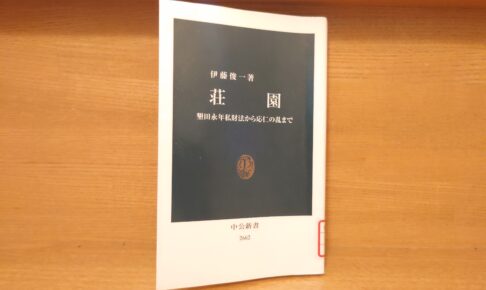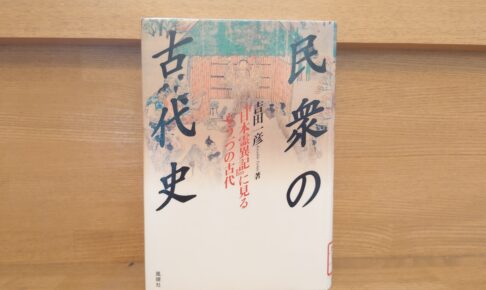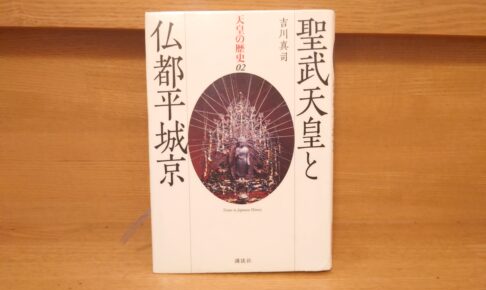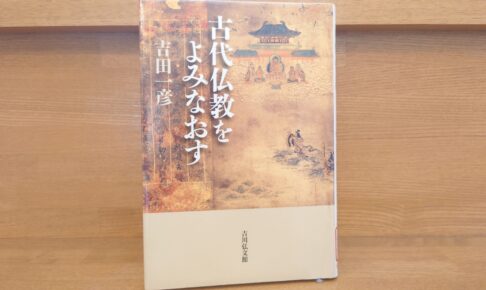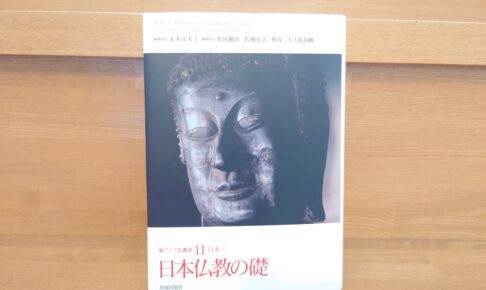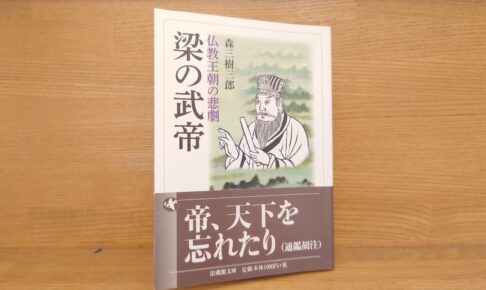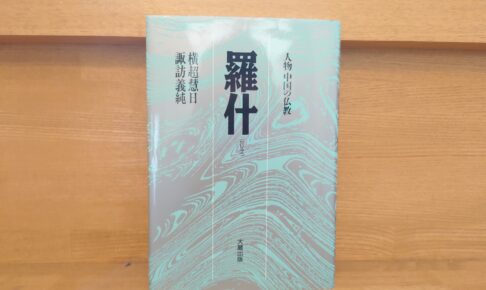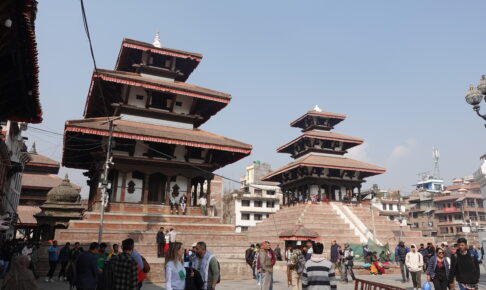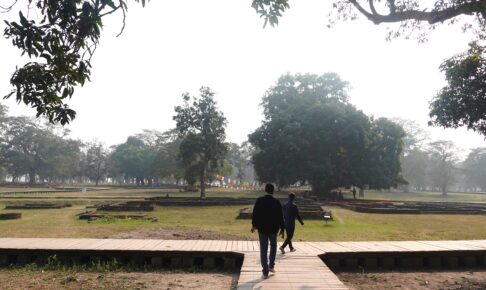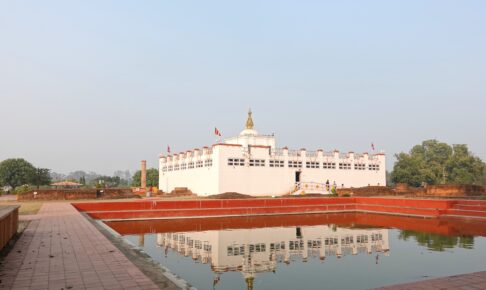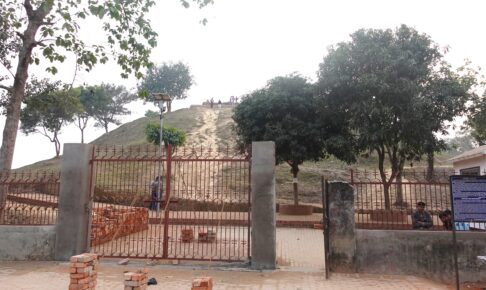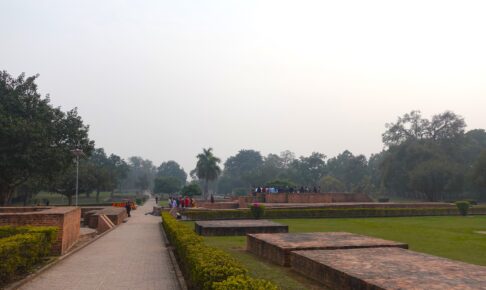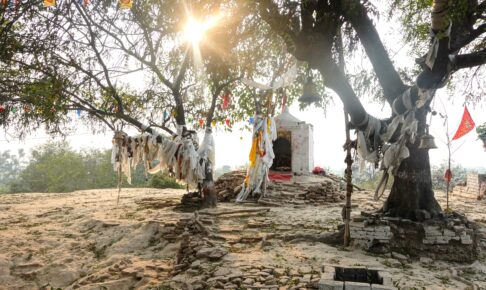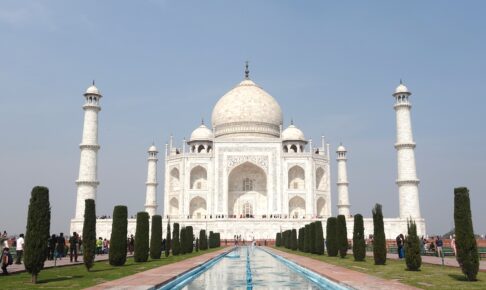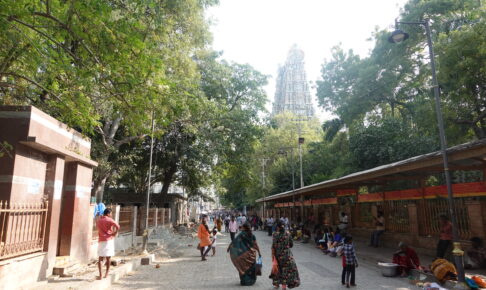ARC Report Sri Lanka 2023/2024 - A political and economic report on the latest developments in Sri Lanka.
Can we somehow know the latest situation in Sri Lanka: what was the economic crisis and riots in 2022? What is going on with China's One Belt One Road and what are the relations with India, USA and Japan?
Unlike India, books on the latest developments in Sri Lanka are hard to find. In fact, it is almost unheard of.
It was in this context that this book, "ARC Report: Sri Lanka 2023/2024," finally hit the market.
As the title suggests, it is truly up-to-date; the 2023 report on Sri Lanka's political economy will be in this book.












